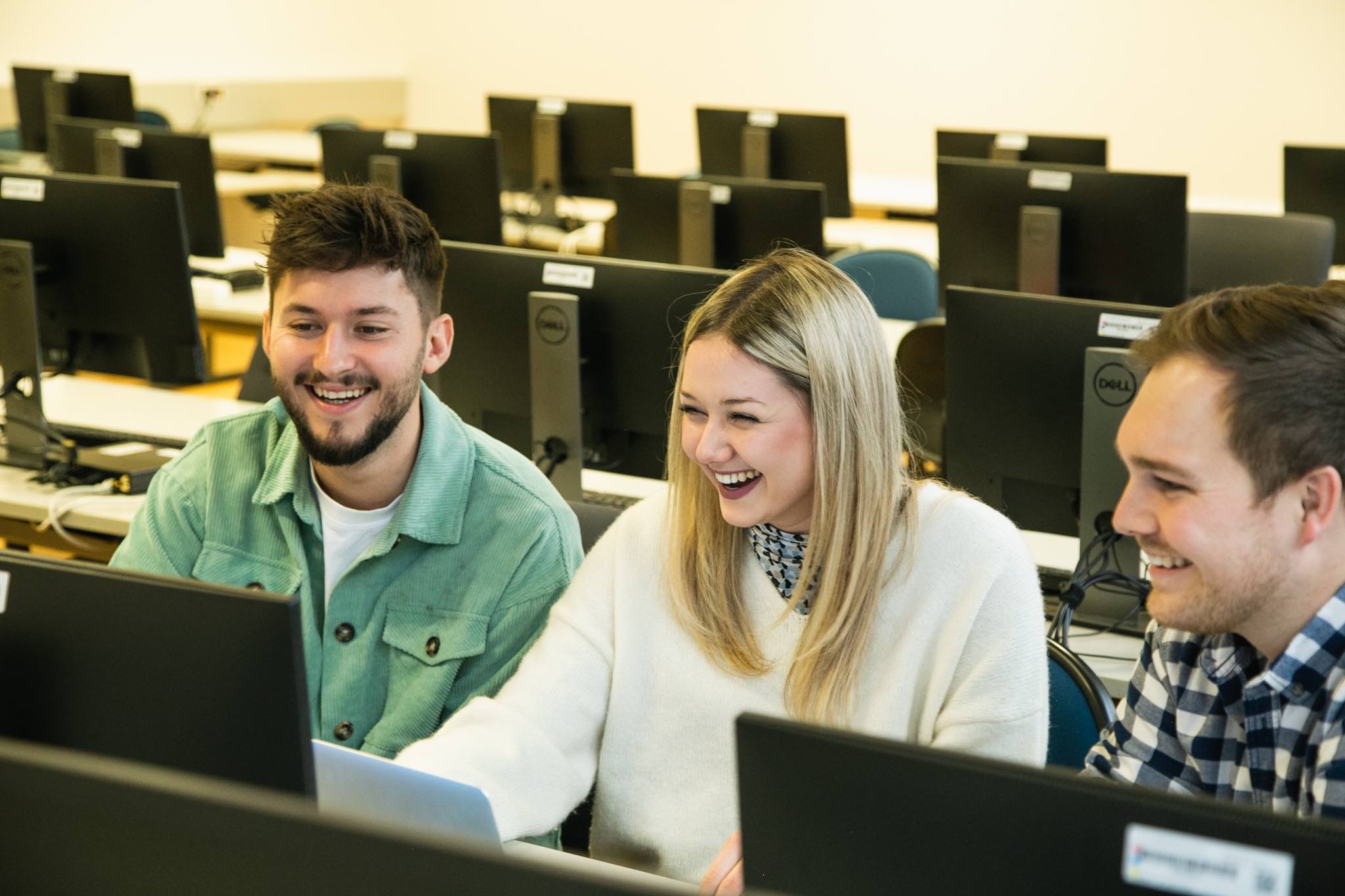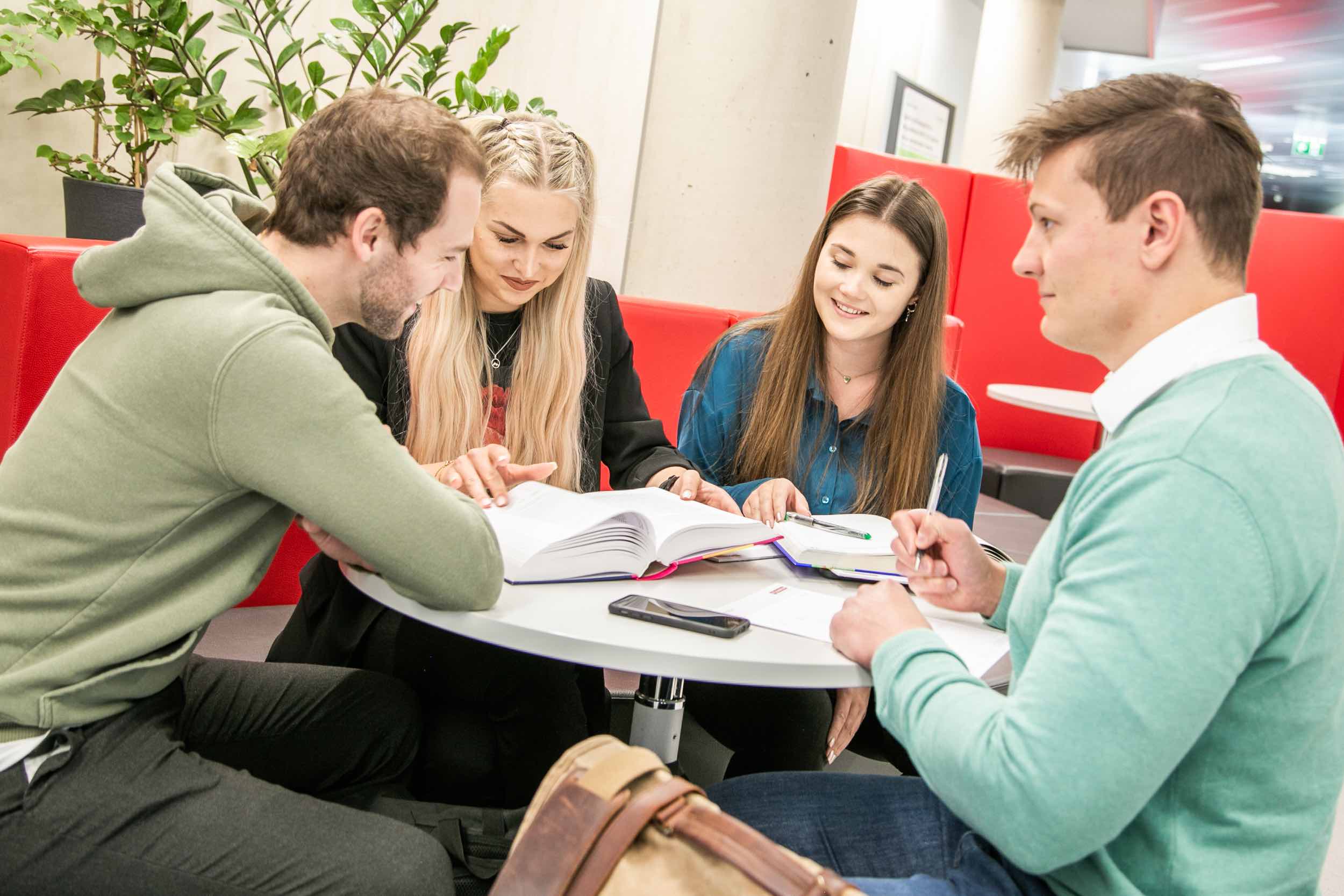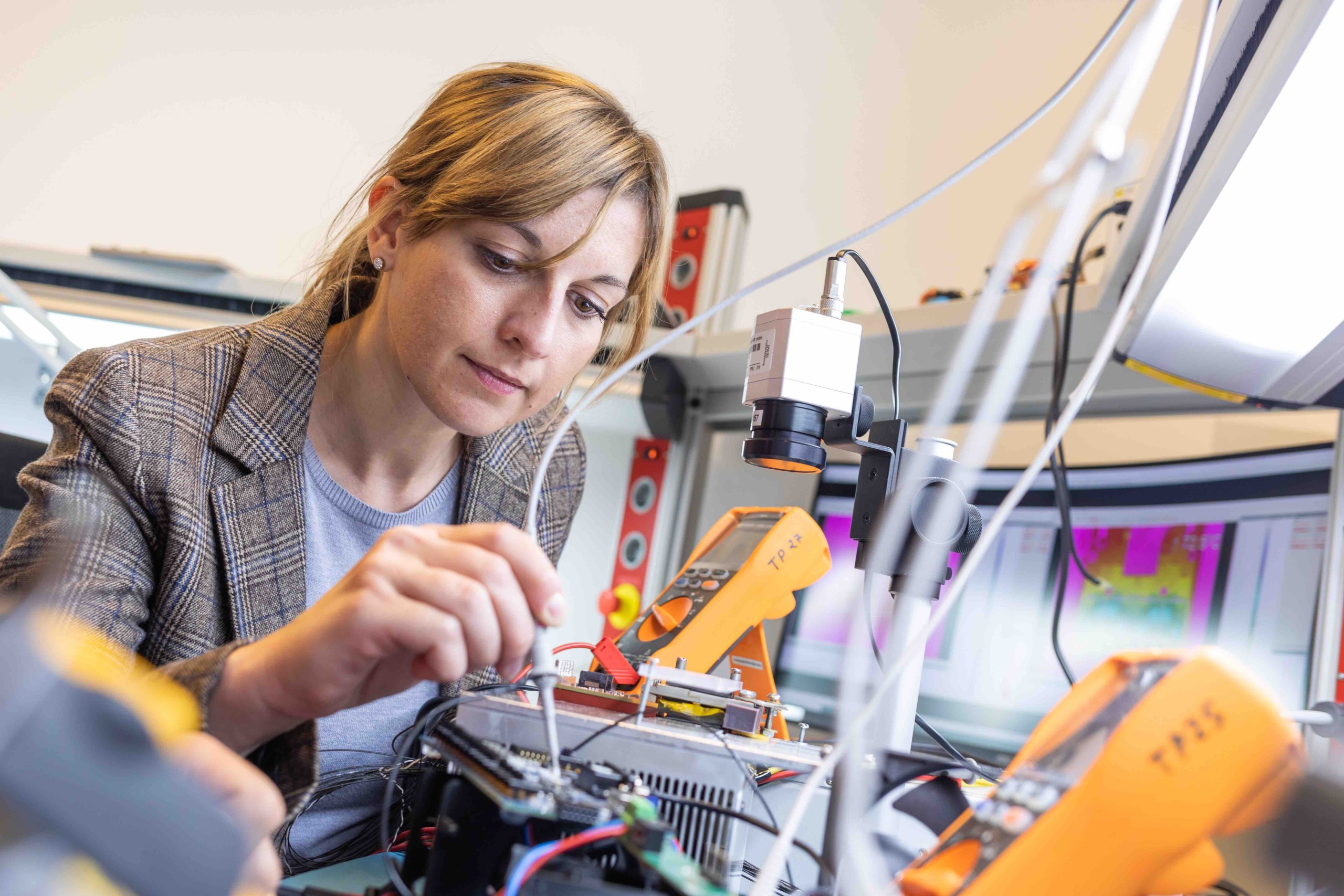We seem to have developed a rather complex learning system for our Content Strategy Master’s program, one that may be difficult for people to understand when they first encounter it. In October 2018, Lea and I spoke with Marie-Christine Schindler, who will pick up the course on organisational communication and PR in our M.A. program. Because our intent is to make the course more practical than initially planned, we explained how our teaching methods are organised.
The method behind how we teach content strategy
Heinz Wittenbrink, 30. October 2018
We seem to have developed a rather complex learning system for our Content Strategy Master’s program, one that may be difficult for people to understand when they first encounter it. In October 2018, Lea and I spoke with Marie-Christine Schindler, who will pick up the course on organisational communication and PR in our M.A. program. Because our intent is to make the course more practical than initially planned, we explained how our teaching methods are organised.
Thanks to Marie-Christine’s astute observations, we noticed the complexity of our learning system. Here, we describe the latest state of our system, not only to explain it to outsiders, but also to use the explanation to help simplify the system.
In our course of studies, we face three didactic challenges:
-
Our students are working professionals, and are on campus for approximately 40% of the teaching time. Therefore, a large part of the teaching takes place online. Because many of the students work full-time, and for reasons related to our approach to teaching (which I will come to shortly), video conferences and similar synchronous formats make sense for only part of the lessons. Otherwise, the students would have to spend practically every weeknight in front of a screen. Therefore, a large part of the teaching – anything beyond 2 – 3 webinars per week – takes place asynchronously.
-
We assume that learning must have a social component in order to be sustainable. Our students share what they are doing with each other and with the teachers. They provide each other with feedback, bring each other forward, and, together, develop methods and ways to solve problems. This distinguishes academic open learning from the mere imparting of knowledge to individuals, as one could do with books or teaching letters. In other words, we try to transfer the qualities of traditional good academic teaching, in which one communicates with each other and with experts in small groups, to the environment of online learning.
-
We are teaching in a subject area that changes very quickly, and in which it is important to “learn how to learn” and continuously absorb new information. This in connection with practice, because we want to impart professionally applicable knowledge. For this, we need an open format in which the focus is not on communicating a static body of knowledge. Where appropriate, acquiring this kind of knowledge is a means to an end, but not a goal in itself.
For all these reasons, we have chosen a format in which we combine classroom teaching, synchronous online teaching in video conferences, and asynchronous learning on a community platform. The presence-week classes are held on our Graz campus, preferably in rooms that do not too much correspond to the classical setting of classrooms, and rather promote interaction and dialogue. For the synchronous online events, we use the conferencing software Zoom, which not only technically fulfils the requirements we have, but also facilitates interaction in the classroom. For the asynchronous part, we use Slack, where we use a separate channel for each course. In addition, we have a group account for Zotero, where we collect bibliographic information. The teaching content is documented internally at Zotero, externally as far as possible in our blog, and also in the portfolios and the master’s theses of the students.
Our individual courses are not divided into classical teaching units of 45, 90 or more minutes, but into tasks, each of which corresponds to a specific part of the students’ workload. A course in which the student workload makes up, for example, 50 hours (these are two ECTS points – the European Credit System) can consist of one or two such tasks. Each of these tasks should have a result that the group achieves together. This result can be of a practical nature, but it can also consist of reflection, documenting what has been learned. Presence hours, asynchronous teaching, and synchronous online events are used to carry out these tasks. The teachers support the students in completing the task and impart theoretical and practical knowledge.
How many and which parts of a course are carried out in classroom teaching, in webinars, or in asynchronous online activities depends on various factors. The factors include whether the teachers have time, whether they can come to Graz, and what potential collisions there might be with other parts of the curriculum. We plan the elements of the courses – that is, the individual tasks – with Trello cards, which contain something like a script or treatment for the tasks. This script includes the dates for classroom sessions and seminars. The asynchronous parts of the lessons, in which the students communicate with each other and the teachers on Slack, are organized as so-called E-tivities, which contain always an assignment for the group. An E-tivity can consist of appropriating literature, of creating papers or presentations, or of carrying out specific research. Together, the different components of a task or learning unit, i.e. face-to-face classes, webinars and e-tivities, follow a structure as described by Gilly Salmon: We start with a socialisation phase, in which the participants get to know each other, i.e. if the group already exists, the students and teachers usually get to know each other. This is followed by a phase of knowledge exchange in which, for example, important literature and basic knowledge on the respective topic are acquired. This exchange of information then results in a phase of knowledge construction, in which one reflects together on the most important contents of the topic currently being dealt with. This should be followed at the end by a phase of creative further development and application – one could also say: a phase of transfer of what has been learned. It should end with the documentation of the whole or a practical result.
At the beginning, we expect the teachers to determine in a syllabus what the learning objective of a course is, i.e. which competences the students acquire. In addition, the teachers should fix the script of the individual tasks in the above mentioned Trello cards. At the end of the course, students should be able to evaluate whether the goal has been achieved. It is clear that in many cases, the treatment is adapted to the special conditions of the course – nothing is carved in stone.
We have arrived at this model, which we now take for granted, in various trial-and-error phases (and with much support from Jutta Pauschenwein); we are not yet finished with this development. On the one hand, we are trying to make the courses plannable, as it is particularly necessary for working students; on the other hand, we are trying to keep the courses open in such a way that we can correspond as best we can, bearing in mind the ever-moving target of content strategy. We hope that in the future we will be able to open up teaching even further, so that we can exchange more and more knowledge with people outside the circle of students and teachers who are interested in this method of instruction.
Many thanks to our colleague Rahel A. Bailie for rewriting the translation – and for continuous support in improving our program!










